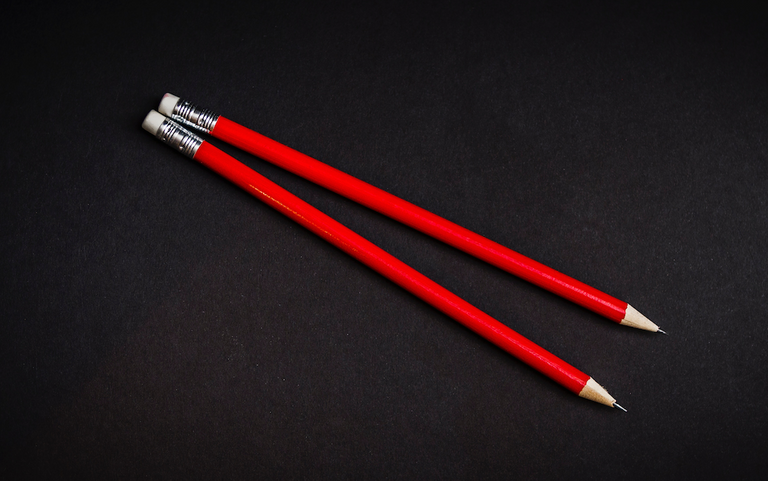I teach business writing at a local university, and one of the main takeaways from the course that I try to instill in my students is this: strong writers have a process. A writing process can save you time and can help you to create quality, professional content.
Built into this process is a crucial step: revision. It’s simply not enough to take an idea, put it down on the page, and press post (or submit the work for publication, or send the work out to clients or readers via email or other channels).

What is meant by a writing process?
A writing process is a set of steps that you follow to guide you from the idea phase into the publication phase.
Most writing processes are loosely divided into these three steps:
1. Plan.
2. Write.
3. Revise.
PLAN
In the planning phase, we do not start writing yet. We might think of the planning phase as a ‘thinking phase.’ In this phase, we have to ask ourselves two key questions:
1. Who is my audience?
If we know our audience (say, Steemit readers), we can target this audience by choosing language that will appeal to these readers and topics that will engage them.
If we do not know our audience (say, we are sending out marketing materials for a new business), we want to use broad language (avoid technical terms and jargon) that will appeal to a wide audience and ensure they understand our message. If we are communicating across borders, we also want to make sure we are not using culturally-specific language (like clichés).
2. Why am I writing?
Here, we want to consider the purpose of our message. The purpose of our message may be to inspire, to entertain, to educate, to persuade, to inform… etc. Once we have considered our purpose, we can use writing techniques to help us fulfill that purpose.
For instance, if our purpose is to persuade, we want to employ some persuasive writing techniques. One persuasive writing technique is to strategically place key words.
For example, if we are writing a cover letter to help us gain employment, a key word may very well be the name of the company that we are applying to. The end of a sentence is a great place to insert a key word or key phrase: I thank you for your time and your consideration of my application for the position of Account Manager with Everyday Design Co.
Importantly, whether we have one reader, ten readers, or ten thousand readers, and whether our purpose is to inspire or inform (or anything else), we want to ensure a clear and concise message.
I hope you found this post useful! If you have any questions, don’t hesitate to ask them in the comments. I’ll detail the Writing Phase (Step 2) and the Revising Phase (Step 3) in my next posts.
Great post, upvoted and followed.
This is important for so many people out there, at least for those that want to create quality content. I am amazed by the amount of posts that are just walls of text, with no pictures or formatting. Planning out what you write and molding the article around that plan is the most important thing in creating high quality written posts IMO.
Anyways, I see you are a writing teacher, perhaps you'll find my blog interesting. It's about fantasy writing so it's not in your field but still you might find it enjoyable. ;)
Cheers!
I'll definitely check out your posts and follow you.
I am actually primarily a creative writer. You may like my writing prompts and my post about scene writing (my first post after my introduction); it details the "show don't tell" tip. I don't write fantasy, but I do read it.
Nice to connect with you here!
Same!
Yeah, the "show don't tell" is the first and arguably the most important tip in writing. I'll definitely check out your writing posts. :)
I agree. It sounds so simple, but I think scene writing (the showing part of 'show don't tell') is one of the most difficult aspects of creative writing to master.
Great, informative, article!! Looking forward to reading Step 2 and 3 :)
Thank you, Jen! I loved your latest post. It actually inspired me to detail the writing process.
Great post here @jessicakluthe! I find it very interesting to see the parallels between writing and design.
Thanks, Colin! The process when I apply it to creative writing (versus technical stuff), gets a little more messy, and I have to 'plan' for a few hours of procrastination.
Glad to see you here! Off to follow you.
Thanks for posting @jessicakluthe, love to see the good word being spread. :) I get sucked into the trap of trying to over explain a message, thanks for the reminder to pare it down & clean it up.
You're welcome! I'm glad you found the post useful.
When I feel like I'm overexplaining in writing, I try to simply say what I'm trying to say aloud. If I can explain it in speech, I can usually then simplify my writing.
I do the same thing! (as long as I catch myself) Love it.